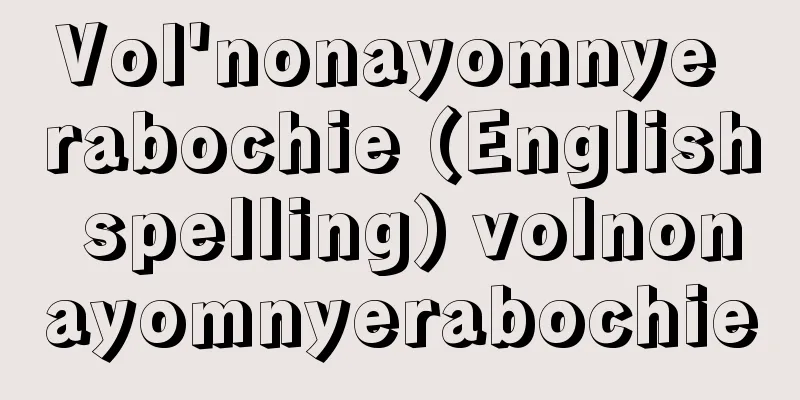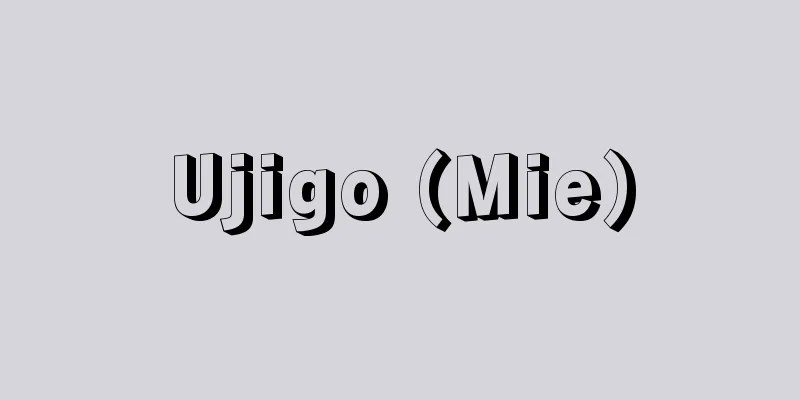Yasushi Inoue

|
Novelist. Born on May 6, 1907 in Asahikawa, Hokkaido. The Inoue family had been doctors in Yugashima, Izu for generations. His father, Hayao, was a military doctor, and his eldest son, Yasu, was born while he was working at the 7th Division in Asahikawa. At the age of three, he left his parents and returned to Yugashima, where he was raised by Kano, his great-grandfather Kiyoshi's concubine. After graduating from Numazu Middle School, he entered the former Fourth Higher School in 1927 (Showa 2), where he played as a judo player. In 1930, he entered the Faculty of Law and Letters at Kyushu Imperial University, but moved to Tokyo and became a member of the poetry magazine "Honoo," run by Masao Fukuda. In 1932, he transferred to the Department of Philosophy at Kyoto Imperial University, and published the magazine "Seisan." After graduating in 1936, his novel "Ruten" (1936) was selected as a novelist in a novel contest held by the Sunday Mainichi newspaper, which led to him joining the Osaka headquarters of the Mainichi Shimbun. In 1937, he was called up to serve in northern China during the Sino-Japanese War, but was sent back to the mainland due to illness and returned to the company. Thereafter, he worked as a religion reporter and art reporter, while also interacting with Kansai poets such as Anzai Fuyue and Noma Hiroshi. After the war, he suddenly began publishing an abundance of poetry. In 1948 (Showa 23), he transferred to the Tokyo headquarters, and in 1950, he won the Akutagawa Prize for "Bullfighting" (1949). After Inoue's arrival on the literary scene, the heyday of middle-length novels and newspaper novels arrived, and while he endured prolific output, he established his foothold as a newspaper novelist with works such as "The Man Who Comes Tomorrow" (1954) and "The Ice Wall" (1956-57), while also dabbling in the subject matter of historical novels with works such as "A Man from a Foreign Land" (1953). After "The Roof Tiles of Tenpyo" (1957), "Louran" (1958), which depicts the rise and fall of a small desert kingdom, and "Blue Wolf" (1959-60), which depicts Genghis Khan, he established a solid chronological method in his historical novels with "Fuutou" (1963), which depicts the Mongol invasion from the Goryeo side, and this method was further deepened in "Drunken Dreams of Oroshiya Province" (1966-67), which reflects the fate of history. Furthermore, in "The Writings of Honkakubo" (1981), which tackles the secret of Rikyu's death, he approaches the essence of traditional culture, demonstrating a further deepening of his historical novels. In short stories such as "Moonlight" (1969), which depicts his mother Yae's senility, he also touches upon the fundamental existence of human beings. Many of his works have been translated into foreign languages and have received international acclaim. In 1964, he was appointed a member of the Japan Art Academy, and in 1976, he was awarded the Order of Culture. [Hiroyuki Fukuda] "The Complete Works of Inoue Yasushi's Novels," 32 volumes (1972-75, Shinchosha)" ▽ "The Collection of Historical Novels by Inoue Yasushi," 11 volumes (1981-82, Iwanami Shoten)" ▽ "The World of Inoue Yasushi, by Fukuda Hirotoshi (1972, Kodansha)" ▽ "Album of Contemporary Japanese Literature 15: Inoue Yasushi (1973, Gakken)" ▽ "Studies on Inoue Yasushi, edited by Hasegawa Izumi (1974, Nansosha)" ▽ "A Biographical Review of Inoue Yasushi, by Fukuda Hirotoshi (1979, Shueisha)" [Reference] | |Source: Shogakukan Encyclopedia Nipponica About Encyclopedia Nipponica Information | Legend |
|
小説家。明治40年5月6日、北海道旭川(あさひかわ)生まれ。井上家は代々伊豆湯ヶ島の医家であった。父隼雄は軍医で、旭川第七師団勤務中に長男靖が生まれた。3歳のとき父母のもとを離れて湯ヶ島に帰り、曽祖父(そうそふ)潔の妾(めかけ)であったかのの手で育てられる。沼津中学を経て、1927年(昭和2)旧制四高に入学し、柔道部選手生活を送る。30年、九州帝国大学法文学部に入学したが、上京して福田正夫の主宰する詩誌『焔(ほのお)』の同人となる。32年、京都帝国大学哲学科に転じ、同人雑誌『聖餐(せいさん)』を刊行。36年卒業後、『サンデー毎日』の懸賞小説に『流転』(1936)が入選したのが機縁で、毎日新聞大阪本社に入社。37年、日華事変に応召して華北に駐屯したが、病気で内地送還となり社に復帰。以後、宗教記者、美術記者を勤め、かたわら安西冬衛(あんざいふゆえ)、野間宏(のまひろし)など関西の詩人と交わる。終戦後、突如あふれるように詩を発表し始める。48年(昭和23)東京本社に転じ、50年『闘牛』(1949)によって芥川(あくたがわ)賞を受賞。 井上の文壇登場後、中間小説と新聞小説の全盛期が訪れ、多作に耐えつつ、『あした来る人』(1954)、『氷壁』(1956~57)などで新聞小説作家の地歩を固める一方、『異域の人』(1953)などで歴史小説の主題も温めていった。『天平(てんぴょう)の甍(いらか)』(1957)、砂漠の小国の興亡を描いた『楼蘭(ろうらん)』(1958)、ジンギス・カンを描いた『蒼(あお)き狼(おおかみ)』(1959~60)ののち、高麗(こうらい)側から元寇(げんこう)をとらえた『風濤(ふうとう)』(1963)で彼の歴史小説は堅固な年代記的手法を確立し、この手法は『おろしや国酔夢譚(すいむたん)』(1966~67)でいっそう深化され、歴史の運命相を映し出している。さらに、利休の死の秘密に取り組んだ『本覚坊遺文(ほんかくぼういぶん)』(1981)では伝統文化の本質に迫り、歴史小説のいっそうの深化をみせている。また母やゑの老耄(ろうもう)を描いた『月の光』(1969)などの短編で、人間の原存在に触れる動きもみせている。多くの作品が諸外国で翻訳され国際的評価も受けている。1964年芸術院会員に推され、76年文化勲章受章。 [福田宏年] 『『井上靖小説全集』全32巻(1972~75・新潮社)』▽『『井上靖歴史小説集』全11巻(1981~82・岩波書店)』▽『福田宏年著『井上靖の世界』(1972・講談社)』▽『『現代日本文学アルバム15 井上靖』(1973・学習研究社)』▽『長谷川泉編『井上靖研究』(1974・南窓社)』▽『福田宏年著『井上靖評伝覚』(1979・集英社)』 [参照項目] | |出典 小学館 日本大百科全書(ニッポニカ)日本大百科全書(ニッポニカ)について 情報 | 凡例 |
<<: Inoue Yachiyo (3rd generation)
Recommend
Shoes (kutsu/shoes) - shoes
Japanese footwear that covers and encases the foot...
palace
…In some cases, it is considered to be of the sam...
Obsessed with love - Tired of love
...His works include "The Disaster of the Sa...
The Shimonoseki War
In 1864, a four-way joint fleet consisting of Brit...
Naturalized species - Naturalized species
See | Invasive species | Naturalized plants | Natu...
In-house qualification system - Kigyo naishakuseido
…The conditions necessary to do something are gen...
Takagai - Takagai
The act of raising falcons and engaging in falconr...
Suren
…He cooperated with Mithridates VI of Pontus in h...
Waterston, JJ
...The static theory of gases as described above ...
Stone sapling
…Although “Otedama” is the common name throughout...
Akhak gwebǒm (English)
A valuable commentary on Korean classical music. C...
Flower Smile - Nengemishou
In Zen Buddhism, this is a story about the transm...
Cordyceps sinensis (English spelling) Cordyceps sinensis
…[Tsubaki Keisuke]. . . *Some of the terminology ...
Hainan Li and Miao Autonomous Prefecture
...China's second largest island, located in ...
Formosan macaque
An animal of the family Cercopithecidae in the or...









